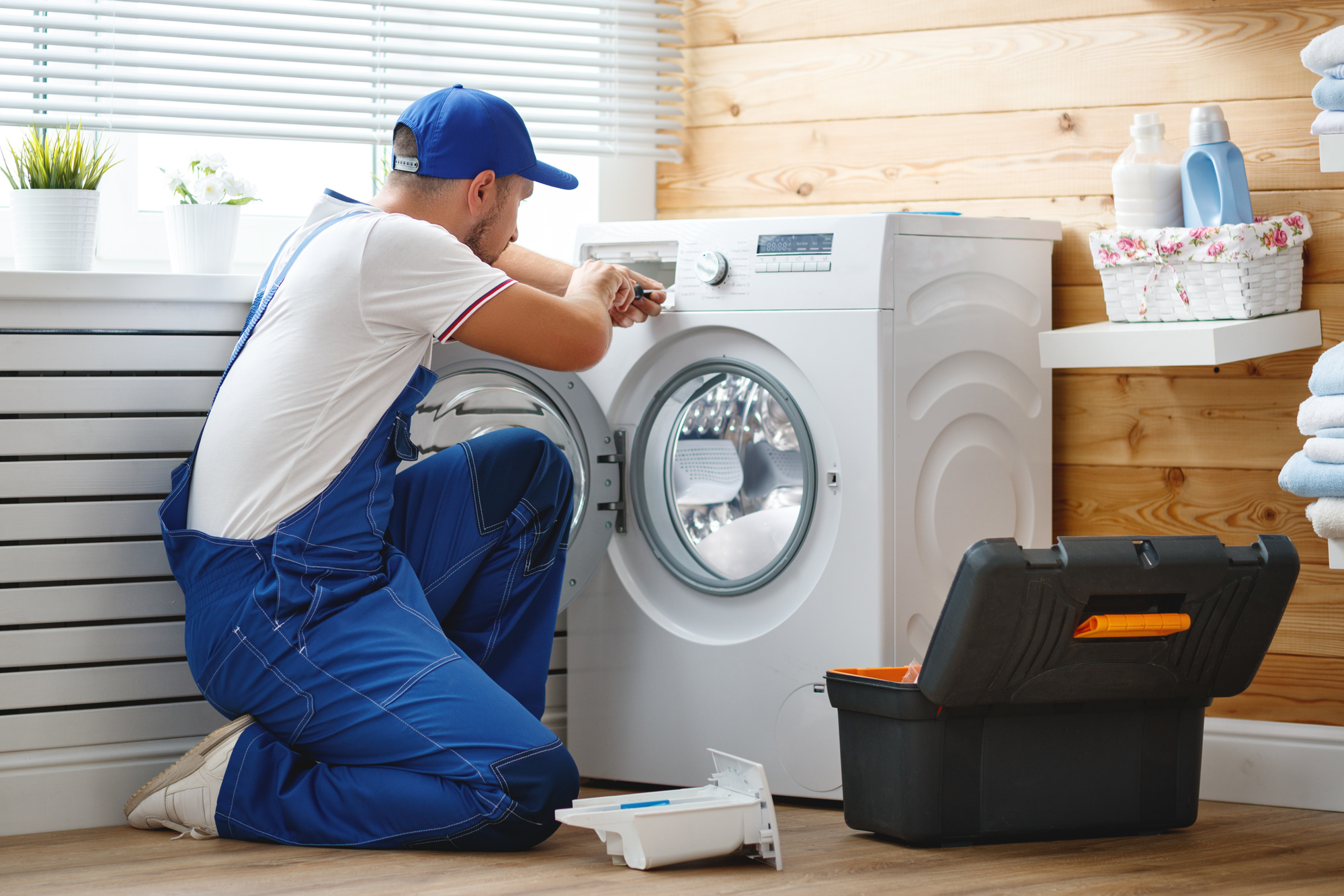A sudden malfunction in your refrigerator’s cooling system can be a cause for concern, disrupting your daily routine and jeopardizing the freshness of your perishables. Before panicking or reaching for the phone to call a professional, here’s a comprehensive guide on what to do when your refrigerator stops cooling, with troubleshooting steps to help you diagnose and potentially resolve the issue.
Check the Thermostat Settings: Begin by examining the thermostat settings inside your refrigerator. It’s not uncommon for the thermostat to be accidentally adjusted, causing an unintended change in temperature. Ensure that the thermostat is set to the recommended cooling level for both the refrigerator and freezer compartments.
Inspect the Power Connection: Verify that the refrigerator is properly plugged into a functioning power outlet. Sometimes, a loose or unplugged power cord may be the root cause of cooling issues. Confirm that there are no issues with the power supply before proceeding with further troubleshooting.
Clean the Condenser Coils: Over time, dust and debris can accumulate on the condenser coils, hindering the refrigerator’s cooling efficiency. Locate the coils (usually at the back or underneath the appliance) and clean them using a vacuum cleaner or a brush. Regular maintenance of the coils can significantly improve cooling performance.
Ensure Proper Ventilation: Adequate ventilation is essential for your refrigerator to cool efficiently. Check for any obstructions around the vents or the back of the appliance. Allow sufficient space between the refrigerator and the surrounding walls to facilitate proper airflow.
Inspect the Door Seals: Damaged or worn-out door seals can lead to temperature leakage, causing the refrigerator to work harder to maintain the desired temperature. Check the door seals for any signs of wear, tears, or damage. If needed, replace the seals to ensure a tight and effective seal.
Evaluate the Evaporator Fan: The evaporator fan circulates cool air throughout the refrigerator. If the fan is malfunctioning, it can lead to uneven cooling or a complete halt in cooling. Listen for the sound of the fan when the refrigerator door is opened. If it’s not running, consider seeking professional assistance to replace the fan.
Examine the Compressor: The compressor is a vital component responsible for cooling the refrigerator. If it’s not functioning correctly, the cooling process is compromised. Listen for any unusual noises coming from the compressor. If it’s excessively noisy or silent, it may require professional attention.
Check for Excessive Frost Buildup: Excessive frost buildup on the evaporator coils can impede the cooling process. If you notice a thick layer of frost, it could indicate a problem with the defrost system. Manually defrost the refrigerator and investigate the defrost timer, heater, and thermostat for potential issues.
Monitor for Error Codes: Some modern refrigerators are equipped with error code displays. Refer to your refrigerator’s manual to identify any error codes and follow the recommended troubleshooting steps. Understanding the error codes can provide valuable insights into the nature of the problem.
Professional Assistance: If the troubleshooting steps do not resolve the issue, or if you are unsure about handling specific components, it’s advisable to seek professional refrigerator repair services. Certified technicians can diagnose and address complex problems, ensuring a comprehensive and lasting solution.
By following these troubleshooting steps, you can identify and address common issues that may be causing your refrigerator to stop cooling. Remember that safety is paramount, and if you encounter challenges or uncertainties during the process, consulting with a professional technician is always a prudent choice.
